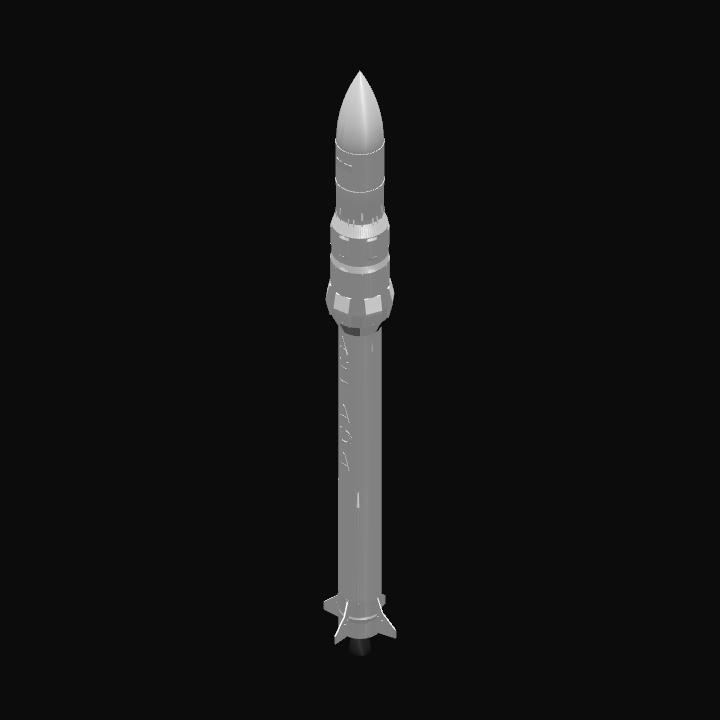After two decades in development, the new Russian Angara space booster finally reached the launch pad in 2014.
The flight testing of the new-generation rocket family began with the light-weight Angara-1.2PP launcher. In addition to paving the way for a much larger workhorse vehicle, Angara-1 was being positioned as the main light-weight delivery system for compact satellites of the Russian Ministry of Defense, the domestic civilian space agency Roskosmos and for international customers around the world.
In all three roles, Angara-1 was expected to replace space launchers converted from ballistic missiles, such as Rockot and Dnepr. Unlike its Cold-War predecessors, Angara would use much less toxic propellants in most of its propulsion systems and use newer hardware built entirely inside Russia. However, at the same time, Angara-1 enters a crowded launch market on the heels of other new players in the same "weight category" at home and abroad, such as the European Vega and the Russian Soyuz-2-1v rockets. In August 2014, Russian space officials said that Angara and Soyuz-2-1v woud replace Rockot after 2016.
The original version of the Angara-1.2 rocket was expected to have a liftoff mass of 171-tons and the capability to put 3.7 tons of cargo into the low Earth's orbit from Plesetsk.
During the flight, the launch vehicle would be kept on course with the help of a gyroscopic system and an onboard computer derived from the Biser-6 flight control system both developed at the NPTs AP design center in Moscow. The Orbita telemetry system would process the flight data.
According to the original plans, the Angara-1.2 version would combine the standard URM-1 module with a diameter of 2.9 meters as its first stage and the URM-2 module as its second stage. The URM-2 module with a diameter of 3.6 meters derived from the already existing Block I stage, which had been developed for the Soyuz-2 rocket. As a result, the Angara-1.2's top stage would have wider diameter than its lower rocket module.
However around 2009, it was decided to use this configuration only for the maiden test flight of Angara-1 in order to certify the URM-1 and URM-2 boosters, before they both fly on a much larger Angara-5 rocket.
In the meantime, an operational variant of Angara-1.2 was redesigned to have the same diameter of 2.9 meters on its both stages. As a result, a new thinner second stage would be developed for an operational Angara-1.2. In the meantime, the original URM-2 stage with a diameter of 3.6 meters will fly on Angara-5 and Angara-3 rockets. Obviously, this will reduce the standardization across the Angara family and likely increase its cost. However both stages could still be propelled by the RD-0124A engine.
In October 2014, Chief Designer KB Salyut Yuri Bakhvalov said that the first Angara-1.2 would be launched in 2016.


GENERAL INFO
- Successors 1 craft(s)
- Created On: Windows
- Game Version: 0.9.404.0
- Price: $13,575k
- Number of Parts: 209
- Dimensions: 48 m x 6 m x 6 m
PERFORMANCE
- Total Delta V: 10.9km/s
- Total Thrust: 4.1MN
- Engines: 2
- Wet Mass: 2E+5kg
- Dry Mass: 10,666kg
STAGES
| Stage | Engines | Delta V | Thrust | Burn | Mass |
|---|---|---|---|---|---|
| 1 | 1 | 1.8km/s | 2.8MN | 1.6m | 2E+5kg |
| 3 | 1 | 9.1km/s | 1.3MN | 1.8m | 62,246kg |






Wow! Very nice craft and good description as well!